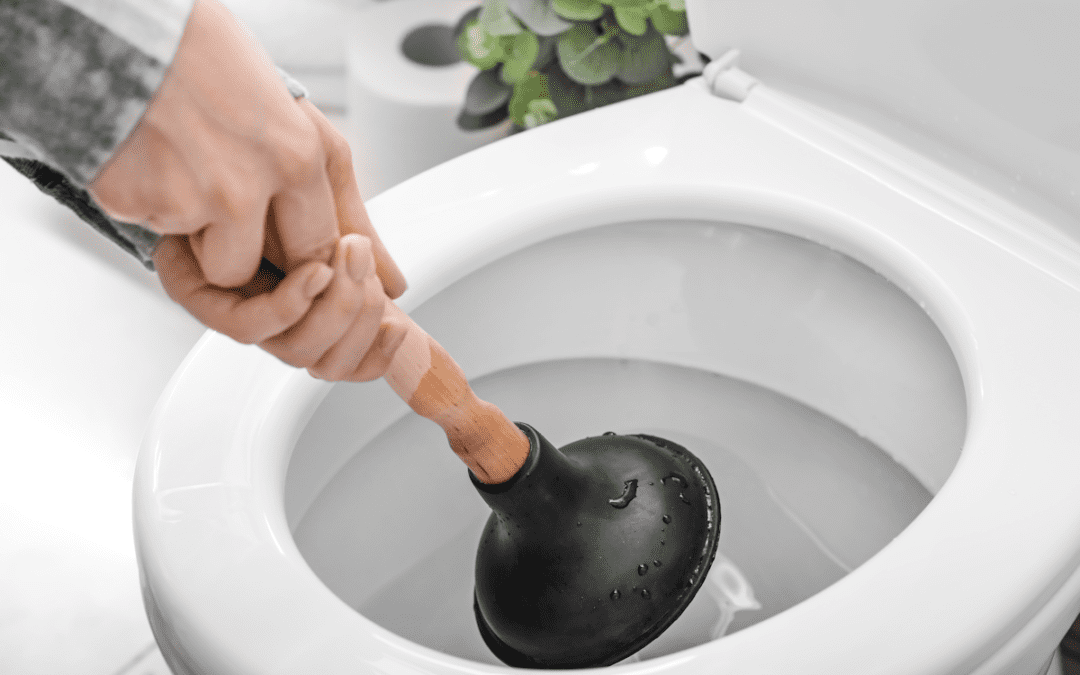There is one appliance in your home that receives its fair share of daily use. Yet chances its not one of the things that makes your list when you talk about remodeling or upgrading. It’s your toilet.
The life expectancy of a toilet can vary greatly, but like everything in our homes, there comes a point in time when replacing it is the better solution.
How do you know if you’ve reached that point?
Cracks
Cracks can occur either in the tank or in the bowl. In many cases they are hard to spot. If a crack goes unnoticed, it can quickly grow and build, releasing a flood of water in a short period of time. A simple way to determine if you have a crack is to drop a few drops of food coloring in to the tank. Wait a few minutes. If the food coloring seeps into the bowl, you have a leak and it may be caused by a crack.
Age
If your home was built in the 80s or before, and the toilet has never been upgraded, you are still operating with a full flush toilet. Toilets from this era used 3.5 gallons of water or more with every flush. In 1992, the Energy Policy Act was signed into law, making 1.6 gallons per flush a maximum for all new toilets produced. With today’s technology, you can find low flow toilets at this water level and below – ever considered a dual flush toilet in your home? You may be surprised by all the options available to you.
Cost
When a toilet reaches a certain point, you may be spending more on replacement parts then you would by replacing the entire toilet. If you’ve replaced a part more than once per year, its time to look at replacing the entire unit rather than working your way through part by part.
Clogs
A toilet constantly clogs, it may be time for an upgrade. Especially with an older low flow toilet, if you find yourself consistently plunging, or flushing more than once on a regular basis, it’s a wise decision to upgrade.

